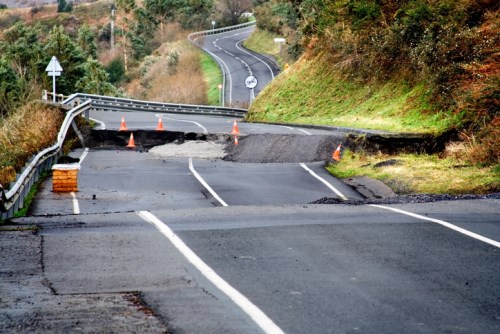

The Canterbury earthquakes revealed significant flaws in the handling and management of property damage claims, some of which are still being dealt with almost a decade after the event. However, ICNZ chief executive Tim Grafton believes significant learnings have also been taken in the process – many of which were put into practice during the 2016 Kaikoura earthquake, which saw significant improvements in claims handling efficiency.
Grafton said that the Kaikoura response helped model a better way of managing natural disaster claims, but that it was ‘hastily put together’ and there were still some areas for improvement – and other types of natural events to think about.
“Private insurers handled and settled the vast majority of property claims for EQC at that time, and that was hastily put together. But it was a great improvement on the Canterbury earthquakes, though there were still areas that needed to be worked on.”
“One area we’ve since worked on is flooding, and with last year’s flooding in Northland, we managed and settled the land claims for EQC and dealt with the property claims,” he explained.
“For the past several months, we’ve also been meeting with EQC to work on these key agreements, and there’s a lot of work being done by individual insurance in working through the systems and processes that need to be changed.”
Grafton said that if an event were to happen tomorrow, the industry would try to implement something akin to the Kaikoura model until the new partnership between EQC and a group of private insurers kicks in in 2021. He said the industry also took note of the findings of the government’s public enquiry into EQC, and that its central message was clear – put the customer first.
“We have certainly had a lot of learnings since the Kaikoura earthquake,” Grafton said. “There will certainly be improvements to that response up until we go live on the full model.”
“The central message of the government report was to make it all about the customer, and how we respond to them in a natural disaster,” he added.
“Our response to that has been to make a far more straightforward system for the customer, as they can make a claim in the same way as they would for any other damage that might occur. All they have to do is make that call, and then everything else rolls out for them.”
